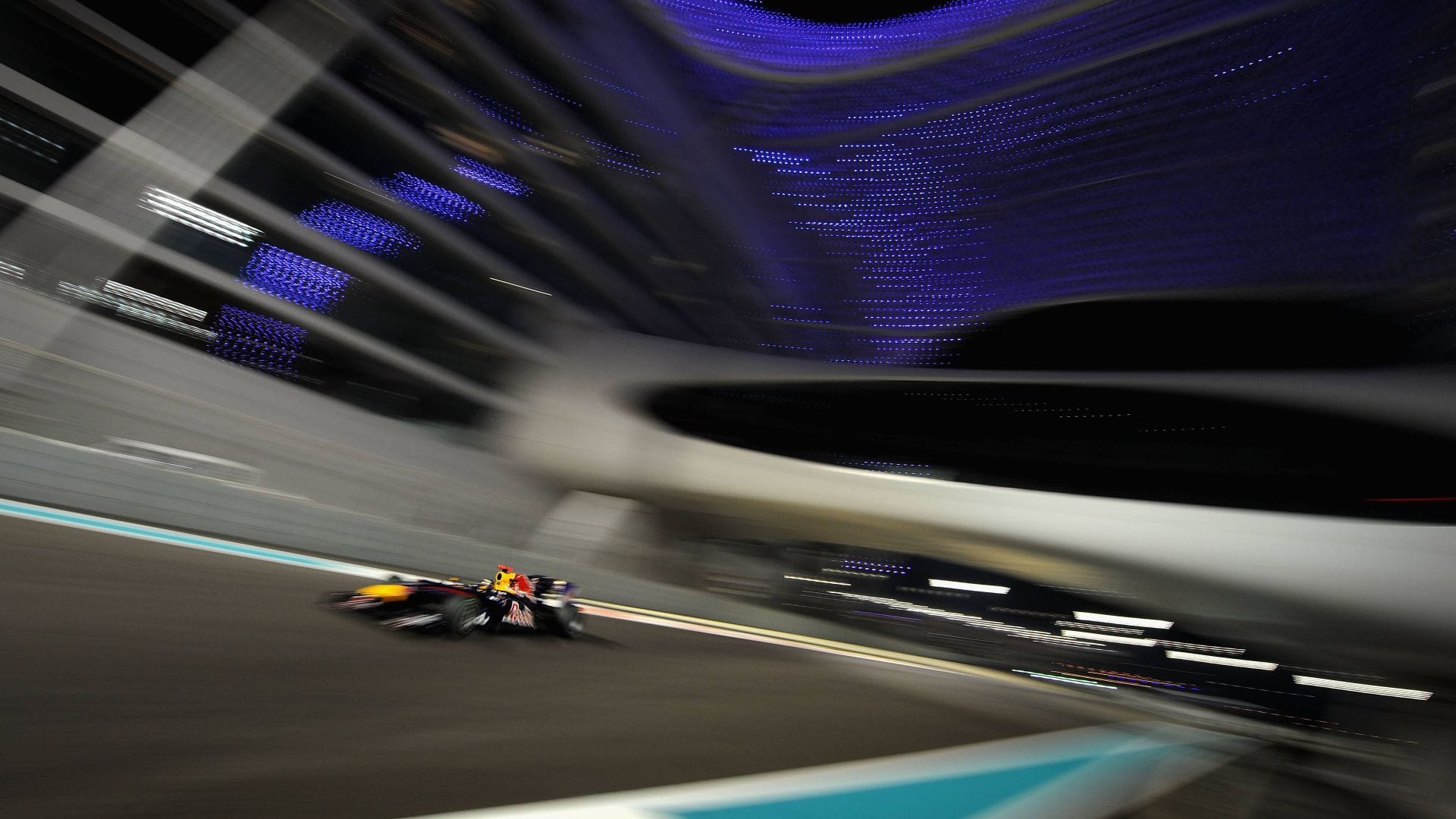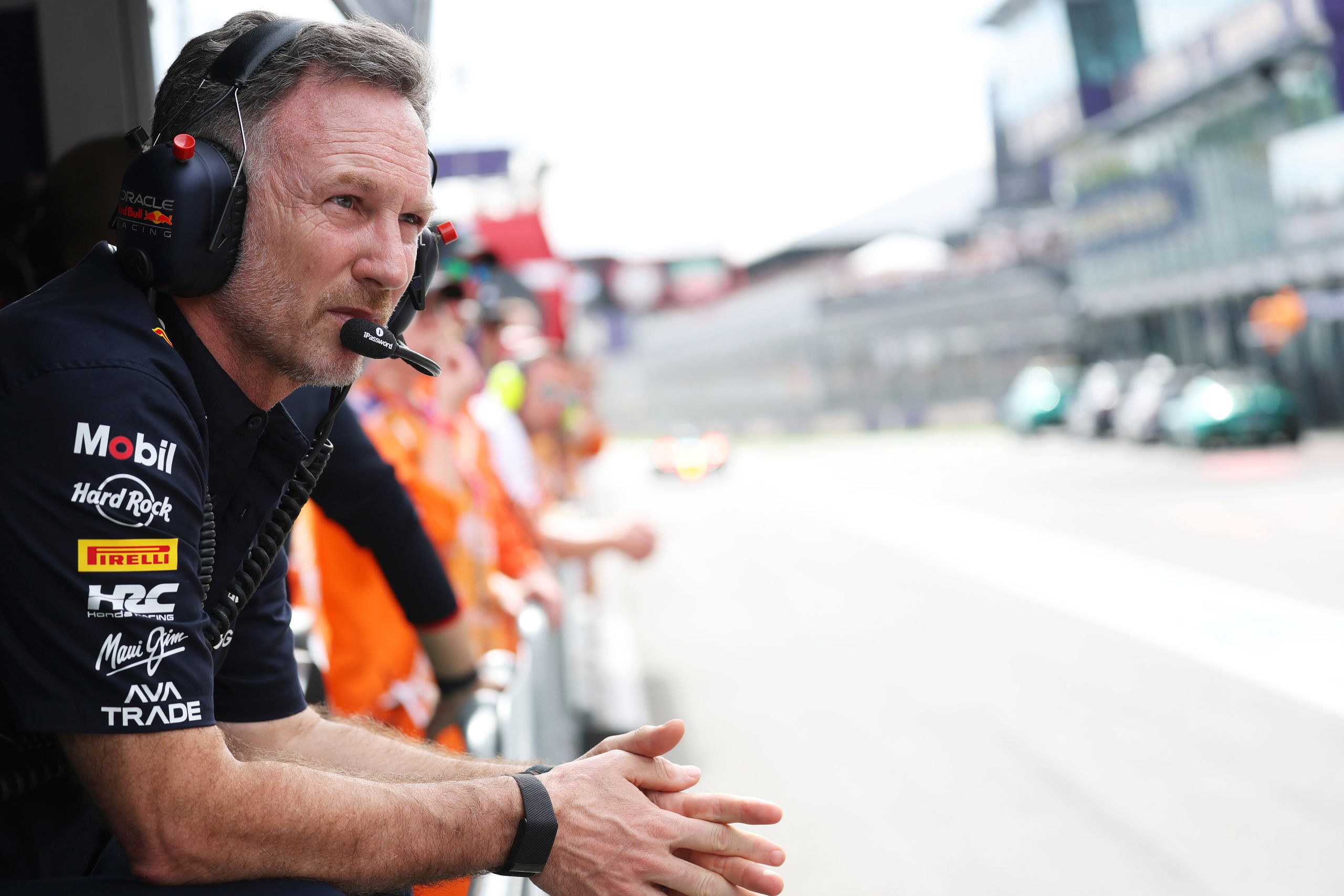How Did The F1 Blown Diffuser Work?


You, as a fan of Formula 1 racing, might have heard the term “F1 blown diffuser” and wondered exactly what it means. How did the F1 blown diffuser work, and why was it such a significant innovation in the racing world?
The F1 blown diffuser was a groundbreaking aerodynamic design that used exhaust gases to increase the downforce on the car’s rear. This increased grip, stability, and speed, especially in corners, making it a revolutionary concept in Formula 1 racing.
You know, there’s a certain magic to it, just like a horse having wings. It’s a topic that often becomes the center of discussion among F1 enthusiasts, racers, and even some bookies not on Gamstop.
In this article, we’ll explore what a diffuser is, the special blown version used in F1, why it was so prevalent, and the fascinating world of its application.
What Is a Diffuser?
A diffuser is one of those aerodynamic features that often goes unnoticed but plays a crucial role in the high-speed world of Formula 1.
Think of it as a kitchen funnel, but instead of guiding liquids into a container, it’s used to channel air around the car’s rear. It’s a beautifully designed piece that manages airflow, reducing turbulence, and allowing the vehicle to cut through the air like a hot knife through butter.
The Basic Understanding
Like a Kitchen Funnel:
You know how a funnel guides the flow of liquid, right? Now, imagine that on a larger scale, with the air being directed under the vehicle to improve its aerodynamics. A diffuser performs this task seamlessly, offering a smoother ride and reducing drag, enabling the car to reach higher speeds.
Smoother Ride:
The smoother the ride, the better the car can perform. Just as you feel the need to wear comfortable shoes to run a marathon, the car needs a diffuser to race efficiently.
Introduction to Blown Diffusers
The blown diffuser burst onto the F1 scene in the 1980s, like a new trend that caught everyone’s attention. It made a comeback around 2010, and suddenly, it was like a new dance move that everyone wanted to master. Teams were all over it, experimenting and pushing boundaries.
Working Principle:
- The Air Dance: Think of directing exhaust gases as a graceful dance, where they’re guided to enhance the diffuser’s performance, optimizing airflow around the car.
- The Result: It’s not just about going faster; it’s about control and stability, creating a harmony between the car and the track, akin to a perfect dance partner.
How Does It Work? – A Step by Step Guide
Understanding how a blown diffuser functions in a Formula 1 car can be like unraveling the secrets of a magician’s trick.
Exhaust Gases Generated:
- Engine Role: The magic begins with the car’s engine. It’s a powerhouse that, while producing the energy needed to drive the car, also generates hot exhaust gases as a byproduct.
- The Emission: The exhaust gases are then emitted, creating a potential resource that could either be wasted or harnessed.
Gases Directed:
- Channelling: The blown diffuser steps into the spotlight here, directing these exhaust gases towards the car’s rear diffuser.
- Pressure Utilization: These gases increase the air pressure under the car, creating a stronger downforce.
Airflow Optimized:
- Decreasing Drag: By managing the airflow, the blown diffuser helps in reducing drag, making the car glide over the track like an ice skater over a rink.
- Increased Downforce: The increased downforce helps the tires grip the road better, offering more control over the car’s movement.
- The Impact on Fuel Efficiency: By optimizing airflow, the blown diffuser helps the car use fuel more efficiently.
Adaptation to Different Conditions:
- Adjustments: Depending on track conditions, weather, and other variables, the blown diffuser’s characteristics may be tweaked to suit specific needs.
The Final Performance:
- The Symphony: When everything works in harmony, the blown diffuser creates a symphony of engineering, physics, and sheer driving pleasure.
Illustrations and Diagrams
Understanding a blown diffuser can be like deciphering a treasure map. Diagrams and visual aids guide us through the twists and turns of the technology, showing how something that starts with exhaust gases can end in a winning performance.
Role in an F1 Car
A diffuser plays a crucial part in the aerodynamic system of an F1 car. Its role goes beyond mere aesthetics or simple functionality; it is a piece of engineering that plays a multi-dimensional role in the performance of the car.
More Than Just Speed:
- Stability: A diffuser stabilizes the airflow around the car, preventing turbulent air from causing instability.
- Downforce: By channeling the air smoothly underneath the vehicle, the diffuser creates a lower pressure area that sucks the car down to the track.
- Reduced Drag: In contrast to the downforce, the diffuser helps minimize drag by guiding the air properly.
A Crucial Part:
- Integration with Other Components: The diffuser isn’t an isolated part; it’s interconnected with other aerodynamic components like the rear wing and undertray.
- Impact on Fuel Efficiency: By managing airflow and reducing drag, the diffuser can positively affect fuel efficiency, ensuring that every drop of fuel is utilized to its fullest.
- Role in Cooling: The design and positioning of the diffuser may also assist in cooling various components of the car by managing airflow in specific directions.
- Customization: Different tracks require different diffuser setups. Tailoring the diffuser to a specific race is like a chef adjusting a recipe for a special guest.
Why Did F1 Teams Use Blown Diffusers?
- Effects on Performance:
Imagine the difference between walking barefoot and putting on running shoes; the blown diffuser essentially gave the car a more athletic, responsive feel. Here’s how:
- Increased downforce, making the car hug the road.
- Enhanced grip, allowing sharper turns and more aggressive maneuvers.
- Improved fuel efficiency, providing more miles per gallon, which can be vital in a race.
- Balance and Control:
Controlling an F1 car at extreme speeds requires precision, something akin to a tightrope walker maintaining balance. The blown diffuser offered that fine control, making driving at those dizzying speeds seem almost effortless.
The Downside
- Controversies and Concerns:
Opening this Pandora’s box, we find some not-so-pleasant surprises:
- Noise pollution became a growing concern.
- Potential safety risks emerged, with several near-miss incidents.
- Ethical dilemmas arose as teams pushed the limits of legality.
- Bans and Regulations:
The F1 governing bodies eventually stepped in, banning blown diffusers and thus closing an exciting but controversial chapter in racing history.
Real World Examples
Famous Races:
Who can forget the thrilling moments when blown diffusers were the heroes of the day? The Monaco Grand Prix in 2010, where the technology played a crucial role, or the Turkish Grand Prix in 2011, where it led to an unforgettable victory. These were moments that became etched in the history of the sport.
Interview Excerpts:
Hearing from those who were actually in the driver’s seat brings a whole new perspective:
- “It felt like flying,” one driver said, capturing the exhilaration of the experience.
- “The car responded like never before,” shared another, expressing the significant impact it had on performance.
Conclusion
From a kitchen funnel comparison to a thrilling dance with exhaust gases, we’ve explored the fascinating world of F1’s blown diffusers. Their rise, dominance, and eventual ban paints an intriguing picture of relentless innovation and regulation in the sport. It’s a reminder of how technology continuously shapes our pursuits, even in places as unexpected as racetracks. The blown diffuser’s legacy continues, captured in thrilling races, engineering textbooks, and the hearts of fans.
How Did The F1 Blown Diffuser Work? – FAQs
Can blown diffusers be used in other types of racing?
Blown diffusers are specific to F1, but principles may be applied elsewhere, depending on regulations.
Are there any alternatives to blown diffusers?
Since the ban, F1 teams have developed other aerodynamic solutions to optimize performance.
What kind of maintenance is required for a diffuser, and how often does it need to be checked or replaced?
Diffusers require regular inspection and tuning, with replacements depending on wear and conditions.
Has the technology behind blown diffusers been adapted for any commercial or everyday applications?
Blown diffuser principles have influenced automotive engineering, but the exact implementation remains unique to F1.
How did the ban on blown diffusers impact the overall competitive landscape in Formula 1?
The ban led to a shift in competition, sparking renewed creativity and a more level playing field.





